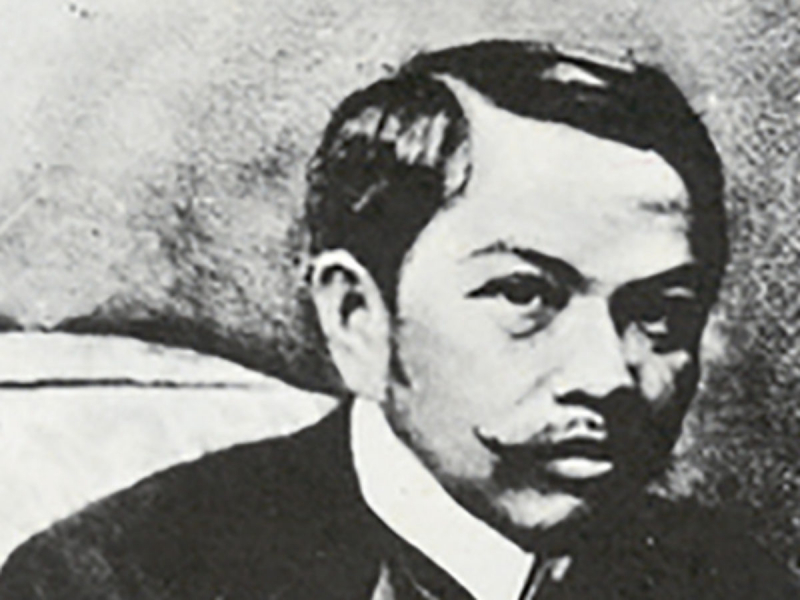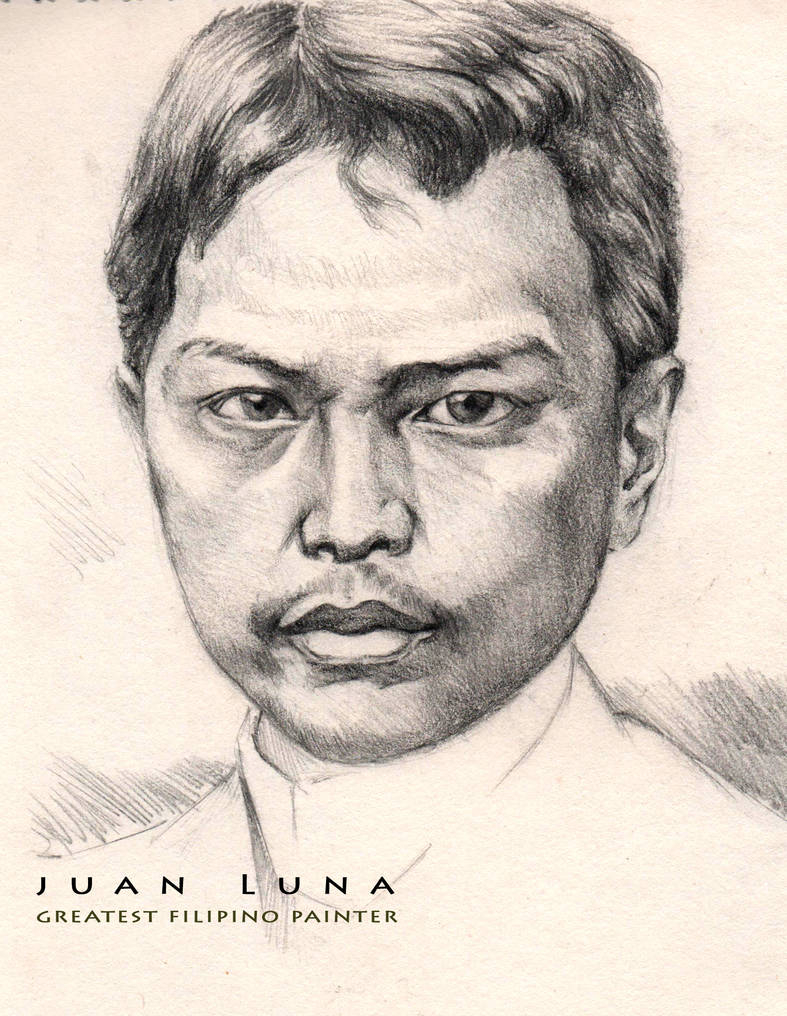Juan Luna
Juan Luna de San Pedro y Novicio Ancheta (October 23, 1857 - December 7, 1899) was a Filipino painter, sculptor, and political activist of the Philippine Revolution during the late nineteenth century. He was one of the first known Filipino artists.
His gold medal at the 1884 Madrid Exposition of Fine Arts, along with the silver medal of fellow Filipino painter Félix Resurrección Hidalgo, prompted a celebration that was a major highlight in the memoirs of Propaganda Movement members, with fellow Ilustrados toasting to the two painters' good health and the brotherhood between Spain and the Philippines.
Luna was regarded for his work in the style of European academies of the time, painting literary and historical scenes, some with an undercurrent of political commentary. His allegorical works were influenced by classical balance and frequently depicted figures in theatrical poses.
He traveled to Hong Kong and died there from Cardiac Arrest on December 7, 1899. His remains were buried in Hong Kong before being exhumed and kept in Andrés Luna's house until 1920, when they were moved to a niche in the Crypt of San Agustin Church in the Philippines. Juan was reinstated as a world-renowned artist five years later, and his final major work, Peuple et Rois, was acclaimed as the best entry to the Saint Louis World's Fair in St. Louis, Missouri. During World War II, some of his paintings were destroyed by fire.












